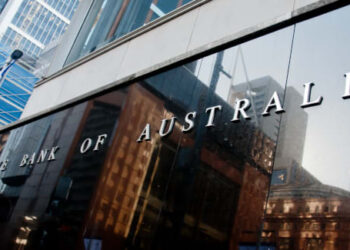This year will be remembered as the year volatility returned to financial markets. Almost no asset class came away unscathed from the credit crunch inspired by the fallout from the United States sub-prime mortgage debacle. Credit markets are now trading at levels that show investors fear the US is heading for a recession.
Central banks in Europe and the US have spent the latter half of the year desperately injecting liquidity into flaccid markets. The US Federal Reserve slashed interest rates twice in the latter part of 2007 and, as IFA went to press, the European Central Bank had just promised its second emergency cash injection to financial markets.
The highly contagious nature of sub-prime has shocked the investment community. What started out as a domestic mortgage problem in the Rust Belt states of the US, spread across the world’s financial markets like a Californian wildfire.
The chief perpetrators of this misery were collateralised debt obligations or CDOs. These seemingly benign debt instruments, which were bought and sold on the premise that they diversified risk, were in fact masking large exposures to highly risky debt.
When investors realised many CDOs were largely made up of sub-prime mortgages, liquidity in credit markets evaporated. Suddenly CDOs were worthless and investment bank chiefs across the US and Europe were hammering down the doors of their fixed income departments desperately trying to find out how much they had lost. In Australia, a market which has come away relatively unscathed by the crisis, the only notable failures were hedge funds Absolute Capital and Basis Capital.
The chief problem was nobody knew what their true exposure to sub-prime was or how to value their CDO investments. Investment bank casualties came hard and fast.
The first high-profile departure was Merrill Lynch chief executive Stan O’Neal. He resigned after the bank announced an $8 billion write-down on its CDO and sub-prime investments. Next to fall was Citigroup’s chief executive, Chuck Prince, after the banking behemoth announced it could take up to a US$11 billion hit from asset write-downs by year end.
One factor undermining investor confidence was that the projected size of this year’s credit shock kept growing. The US Government initially forecast $50 billion losses on sub-prime securities. However, investment banks now expect that figure to reach between $200 billion and $500 billion.
Australia has come away from the credit crunch relatively unscathed. Few superannuation executives and fund managers saw their portfolios adversely affected. The Australian economy is to a large extent shielded by its dealings with Asia, particularly China. The emerging Asian economies are thriving as the older developed economies struggle.
Whereas once it was the BRIC (Brazil, Russia, India and China) economies that precipitated financial crises – these days they are coming to investors’ rescue. Huge amounts of money have poured into these countries as investors have sought to prop up their flagging returns from developed markets. The key question for 2008 will be how investors deal with a markedly changed economic environment, where volatility stalks markets and solid returns are harder to come by.







